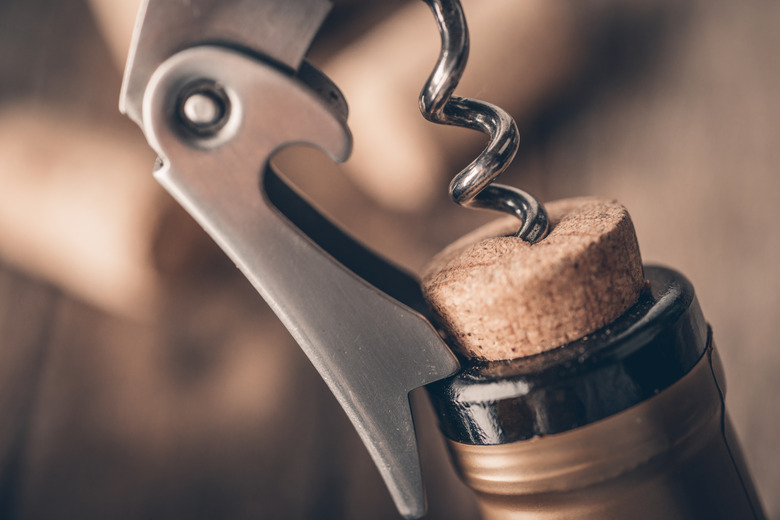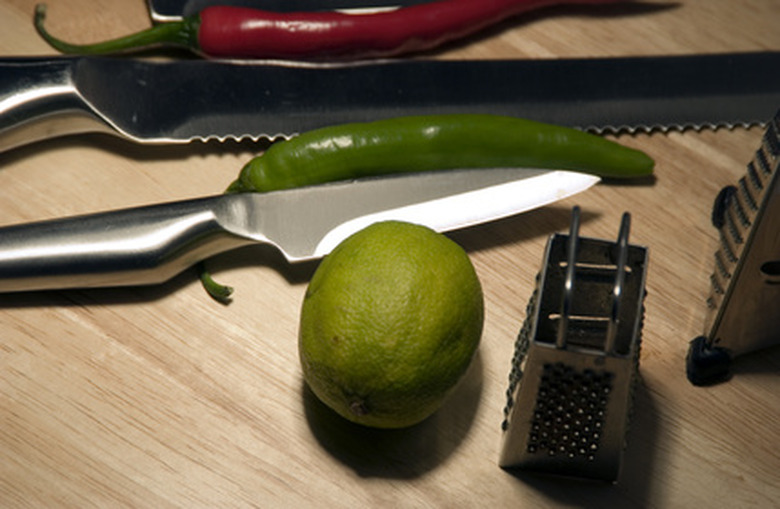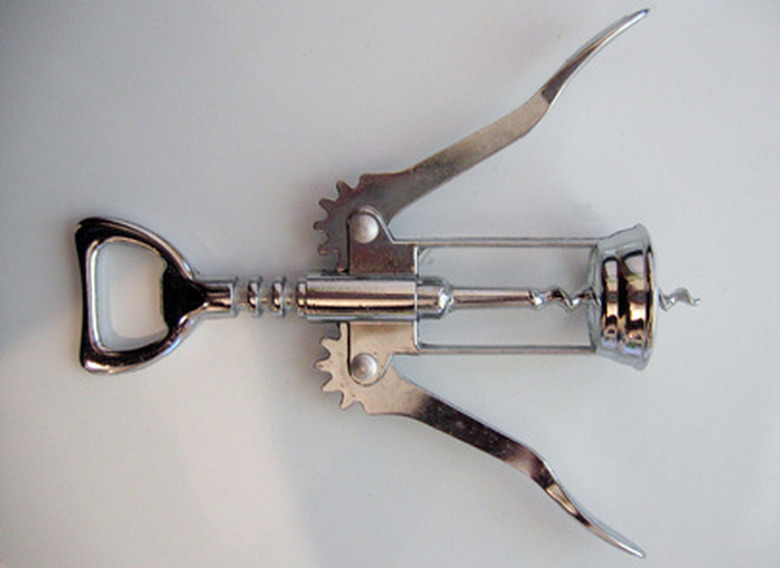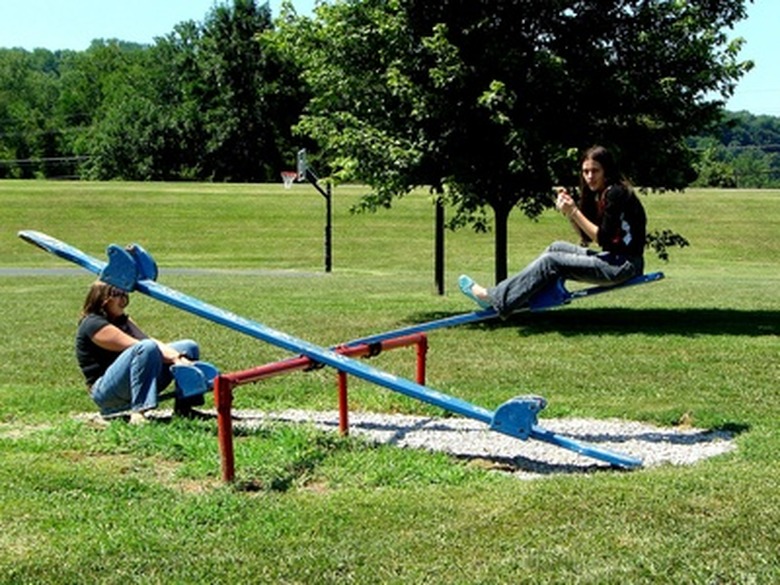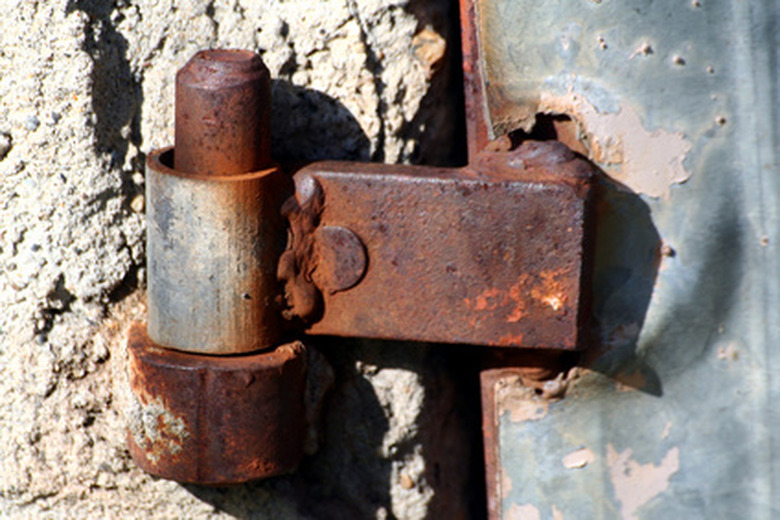The Types Of Simple Machines Found In Your Home
Most of the machines you encounter in everyday life are complex. However, break them down to their smallest parts and you're left with simple machines: wheels, levers, wedges and screws. Simple machines magnify, spread out, or change the direction of force, making it easier to move, cut and bind objects.
Inclined Planes: Up and Down
Inclined Planes: Up and Down
An inclined plane is a flat surface where the beginning and endpoints are at different heights and function by spreading work over a long distance. Some examples of inclined planes in your home are ramps and staircases. Most of the pipes found in your kitchen and bathroom are also inclined planes, working with gravity to transport water and waste.
The Cutting Wedge
The Cutting Wedge
The wedge is an inclined plane that moves. Wedges are wide at the base and come to a fine point, designed to push objects apart. Forks, knives, cheese graters and vegetable peelers all use sharp wedges to cut and shave food. Metal nails, axes, letter openers, and push pins are also examples of this type of simple machine.
Turn of the Screw
Turn of the Screw
A screw is an inclined plane wrapped around an axis. Screws make work easier by raising and lowering objects, as well as holding them together. Aside from metal screws, this machine is also part of jar lids, light bulbs, bottle openers and drills.
Lever and Fulcrum: Force Multiplier
Lever and Fulcrum: Force Multiplier
A lever is a stick or plane that rotates on a central point called a fulcrum. See-saws, tongs, scissors and nail clippers are all examples of this simple machine. The lever and fulcrum let you exert greater force on objects than you could with your muscles alone; for example, a hand cart lets you lift heavy furniture. Levers are commonly found as part of more complex devices, however. For example, a pair of scissors uses two levers (each handle) and three wedges, to hold the handles together and for each blade edge.
Pulley: Power Lifter
Pulley: Power Lifter
A pulley is a system that uses a wheel and a rope to change the direction of force, letting you raise an object by pulling down, rather than lifting. Pulleys are found in many different types of machines and may be used for moving small and large objects. Windows shades, universal weight machines and old-fashioned wells all use pulley systems. Flagpoles also rely on pulleys to allow people on the ground to hang objects far above their reach.
Wheel and Axle: Rolling Along
Wheel and Axle: Rolling Along
Like a lever, a wheel works by rotating around a fulcrum; in this case, the axle. Cars, toys, fans and fishing reels all use wheels and axles. Door hinges are also an example of this device–the round part of the hinge is an elongated wheel. On interior doors, the side attached to the wall and the side attached to the door have multiple wheels that rotate around a common axle.
Cite This Article
MLA
Cini, Sylvia. "The Types Of Simple Machines Found In Your Home" sciencing.com, https://www.sciencing.com/types-simple-machines-found-home-6387889/. 27 April 2018.
APA
Cini, Sylvia. (2018, April 27). The Types Of Simple Machines Found In Your Home. sciencing.com. Retrieved from https://www.sciencing.com/types-simple-machines-found-home-6387889/
Chicago
Cini, Sylvia. The Types Of Simple Machines Found In Your Home last modified March 24, 2022. https://www.sciencing.com/types-simple-machines-found-home-6387889/
